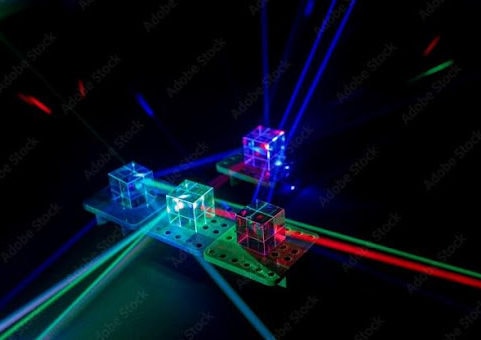Sterling Precision Hosts University of Chicago Graduate Students for Insightful Site Visit
Created at : Jan 29 2025
Sterling Precision, a leading manufacturer of custom optical components, recently welcomed graduate students from the University of Chicago for an in-depth site visit. The visit provided students from the Biophysical Sciences and Quantum Engineering programs with firsthand exposure to the precision craftsmanship and engineering expertise that go into producing high-performance optics for scientific and industrial applications.
About Sterling Precision
With a reputation for manufacturing high-quality optical components, Sterling Precision serves a diverse array of industries, including aerospace, biomedical research, semiconductor manufacturing, and defense. The company specializes in crafting lenses, prisms, mirrors, and beam-splitting components, tailored to the exacting specifications of its clients. Utilizing advanced fabrication techniques such as precision grinding, polishing, and coating, Sterling Precision ensures that its optical solutions meet the stringent requirements necessary for high-tech applications.
University of Chicago Graduate Programs
The visiting students represented two of the University of Chicago’s esteemed graduate programs:
- Biophysical Sciences: This interdisciplinary program integrates physics, chemistry, and biology to explore the molecular mechanisms underlying complex biological systems. Optical technologies play a crucial role in biophysical research, enabling advanced imaging techniques such as fluorescence microscopy, single-molecule spectroscopy, and optical trapping.
- Quantum Engineering: A rapidly growing field at the intersection of physics and engineering, quantum engineering leverages principles of quantum mechanics to develop next-generation computing, communication, and sensing technologies. Optical components are essential for quantum devices, particularly in areas such as photonic computing, quantum cryptography, and precision metrology.
The Nature of Optics and Its Applications
The field of optics is foundational to many scientific and technological advancements. Optical components are used in:
- Microscopy & Imaging: Enabling researchers to visualize structures at the cellular and molecular level.
- Laser Systems: Critical for material processing, telecommunications, and medical procedures.
- Astronomical Instrumentation: Helping scientists explore the universe through high-precision telescopic lenses.
- Quantum Computing & Cryptography: Employing optics to manipulate and transmit quantum information securely.
- Biomedical Devices: Supporting innovations in medical imaging and diagnostic tools.
During the site visit, students observed the intricate process of optics manufacturing, from raw material selection to final quality control testing. Sterling Precision’s experts provided demonstrations on coating techniques that enhance optical performance, as well as discussions on tolerances and surface quality requirements necessary for specialized applications.
The Value of Real-World Site Visits
For graduate students in highly technical fields such as biophysics and quantum engineering, exposure to industrial applications of their studies is invaluable. While academic coursework and laboratory research provide theoretical foundations, real-world visits offer practical insights that bridge the gap between academia and industry. Students had the opportunity to engage with experienced optical engineers, ask questions about materials and fabrication techniques, and gain a deeper understanding of the career pathways available in the optics industry.
The visit to Sterling Precision underscored the importance of precision optics in modern scientific advancements and demonstrated the meticulous craftsmanship required to produce world-class optical components. For the University of Chicago students, this experience provided a clearer perspective on how their academic work can translate into impactful technological innovations.
Sterling Precision remains committed to fostering industry-academic collaborations and looks forward to future engagements that support the next generation of scientists and engineers in need of optical components. As optics continue to play a pivotal role in advancing science and technology, partnerships like this ensure that students are well-equipped to drive innovation forward.

 CUSTOM OPTICAL FILTERS
CUSTOM OPTICAL FILTERS
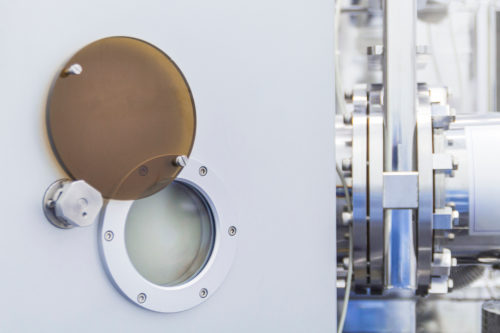 OPTICAL WINDOWS
OPTICAL WINDOWS
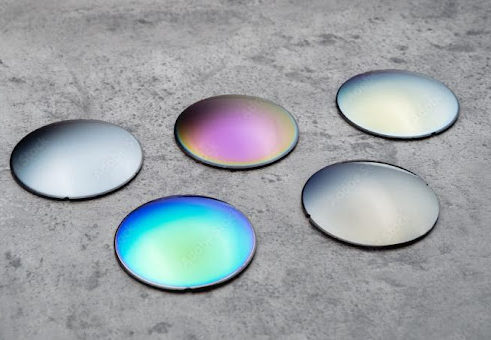 OPTICAL COATINGS
OPTICAL COATINGS
 UV OPTICS
UV OPTICS
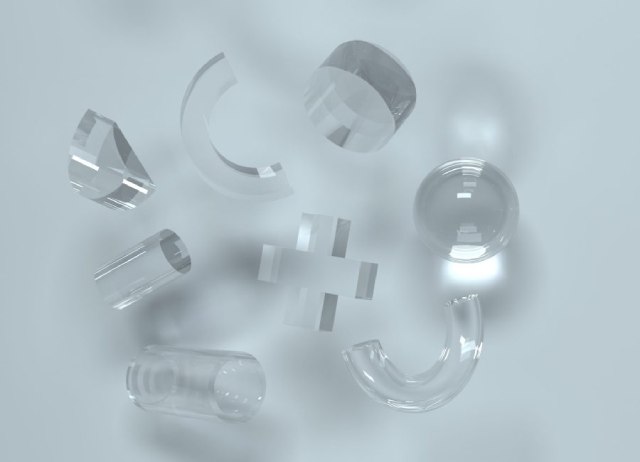 CYLINDRICAL OPTICS
CYLINDRICAL OPTICS
 CUSTOM TEMPERED OPTICS
CUSTOM TEMPERED OPTICS
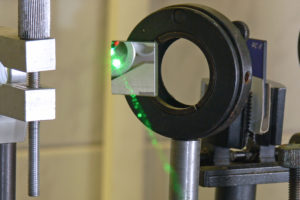 OPTICAL MIRRORS
OPTICAL MIRRORS
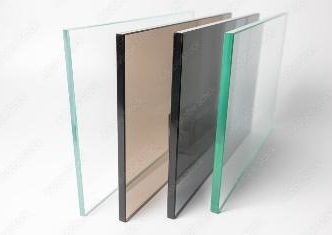 NEUTRAL DENSITY
NEUTRAL DENSITY
 PRISMS & RETROREFLECTORS
PRISMS & RETROREFLECTORS
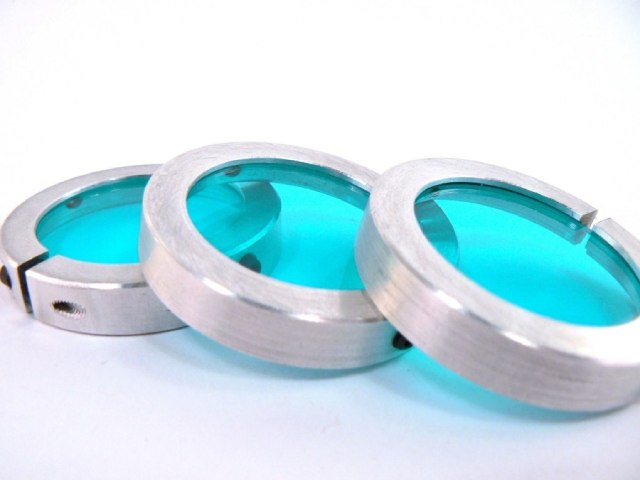 ASSEMBLIES
ASSEMBLIES
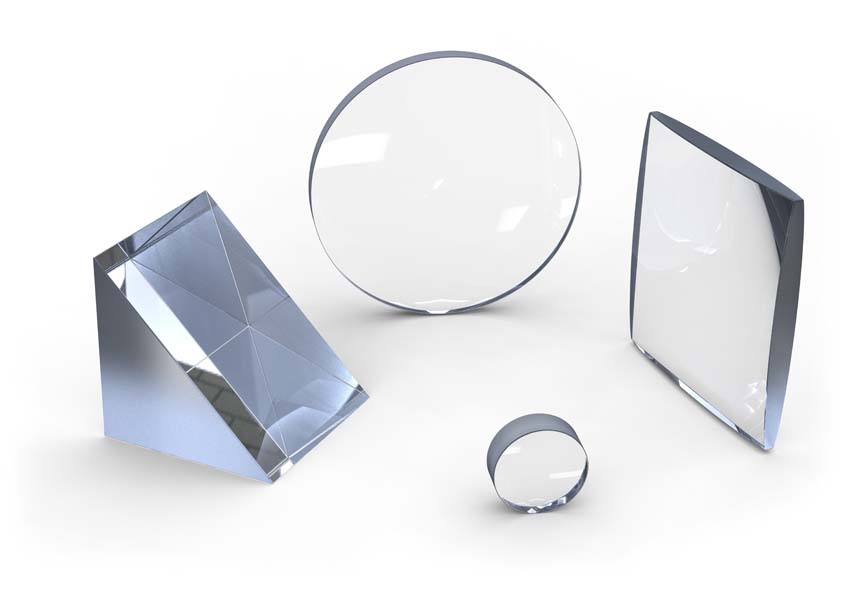 OPTICAL LENSES
OPTICAL LENSES
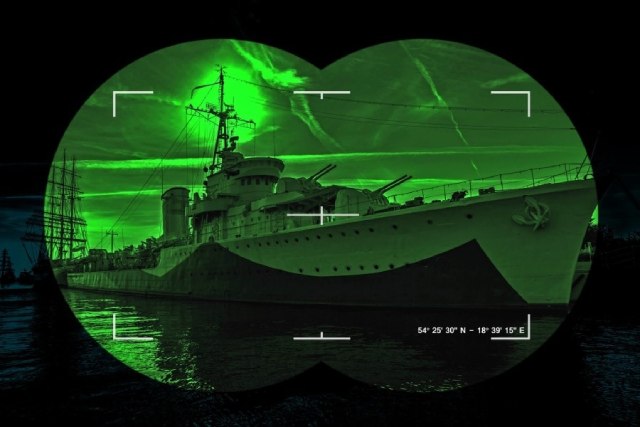 NIGHT VISION FILTERS
NIGHT VISION FILTERS
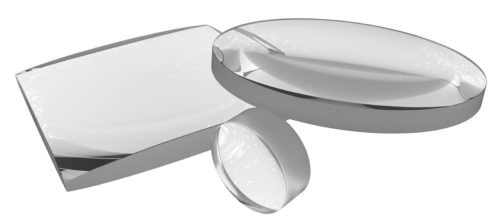 ACHROMATIC LENSES
ACHROMATIC LENSES
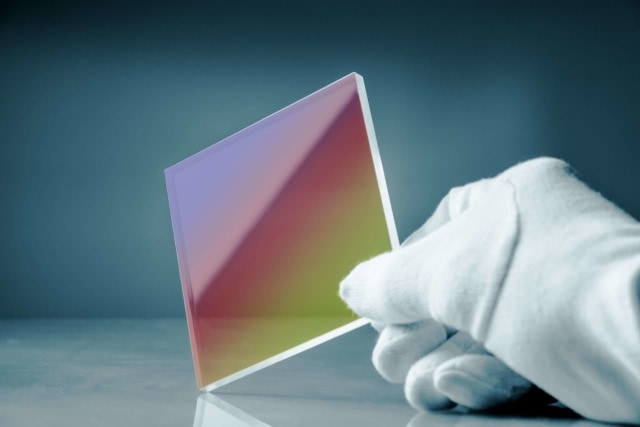 OPTICAL BEAM SPLITTERS
OPTICAL BEAM SPLITTERS
